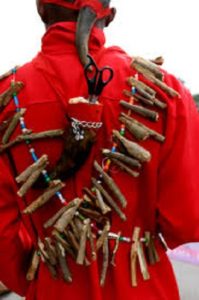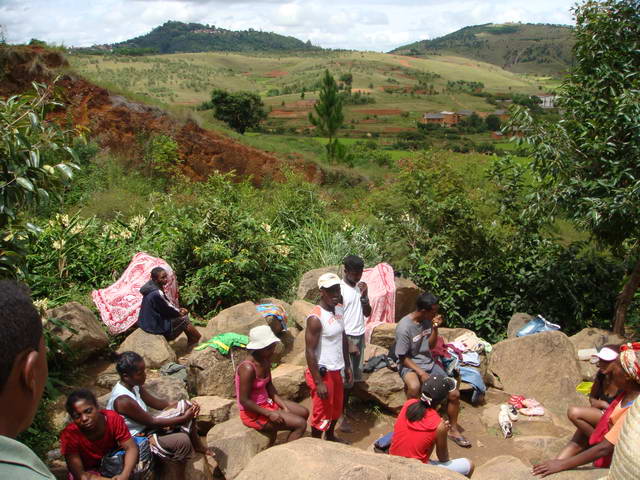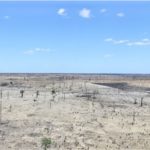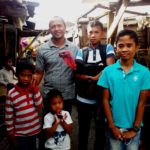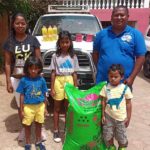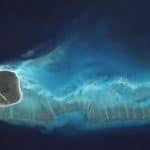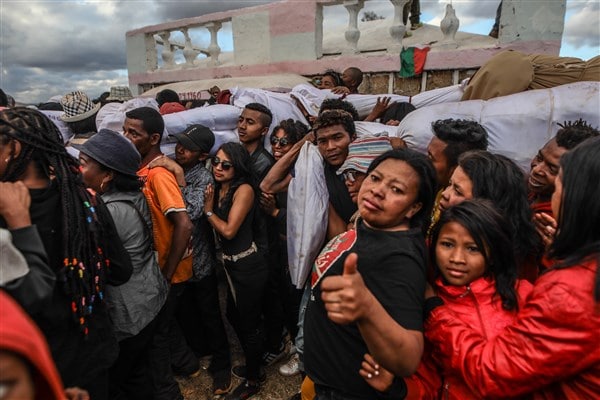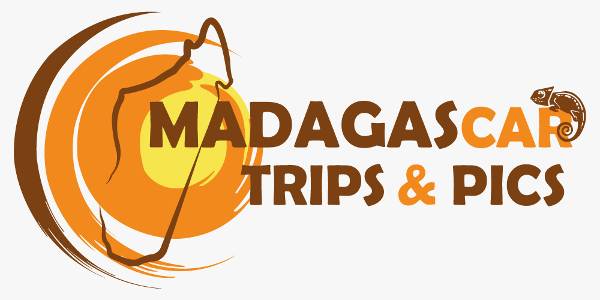Witchcraft in Madagascar: "Ody Gasy", myth or reality?
Since early childhood, the people of Madagascar have been bathed in a plethora of stories of sorcerers, ghosts, "mpamosavy" and supernatural beings who have the power to cross walls to kill their fellow humans.
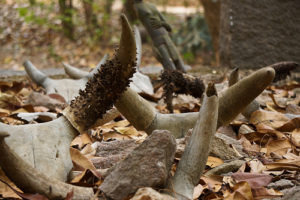
In the stories of the grandparents, however, the evil geniuses are always struck down by a benevolent heavenly spirit who protects the victim.
Even today, these stories of magic and enchantment exist everywhere in Madagascar, and thanks to the multitude of television and radio channels, they take on a considerable dimension.
Myth or reality?
That is the question! Cartesians then wonder if witchcraft and the supernatural really exist in Madagascar, a question that should never be asked in public, say our elders, because it would attract witch doctors to prove their existence by casting a spell on the skeptical person.
In any case, it is difficult, if not impossible, for a Malagasy to deny the existence of witchcraft in Madagascar.
The origin of witchcraft in Madagascar
Witchcraft in Madagascar is also better known under the name Mosavy.
Malagasy traditionalists report that it was introduced by Arabs and Africans. Madagascar presents a whole range of witchcraft customs and representations.
Among these 3 characters, the "Mpamosavy" is usually a woman, while the "mpisikidy" and the "Mpanandro" are almost always men.
In the universe of witchcraft in Madagascar, there are also 3 types of ceremonies used by practitioners:
The bad curses or ody ratsy (ody mahery): they are meant to harm, even kill others.
Standard amulets: they can be used by both traditional therapists and "Mpamosavy".
Healing spells: very popular with traditional healers, they ward off spells and protect against evil.
Classifications of evil spells in Madagascar
As you have seen, there are 3 types of spells (bad, standard, good) in witchcraft in Madagascar.
Nevertheless, we will be mainly interested in the evil spells, which we can classify according to their effect, the way they are used and their intensity.
This way we will be able to distinguish 5 main families of spells on the Big Island.
-
Family of spells) the Vorika (food poisoning).
This family of spells is primarily used to kill the victim.
The "vorika" is introduced in a food that is offered to the target. It can be either a ready-made product (chemical products), a poisoned organ of a wild animal, or the powder or juice of poisonous plants.
-
family of spells) the "hazary".
This kind of magic is characterized by its ambivalence.
In other words, hazary can be both bad (hazary ratsy) and good (hazary tsara). The latter refers to the exploitation of an area or the occupation of land.
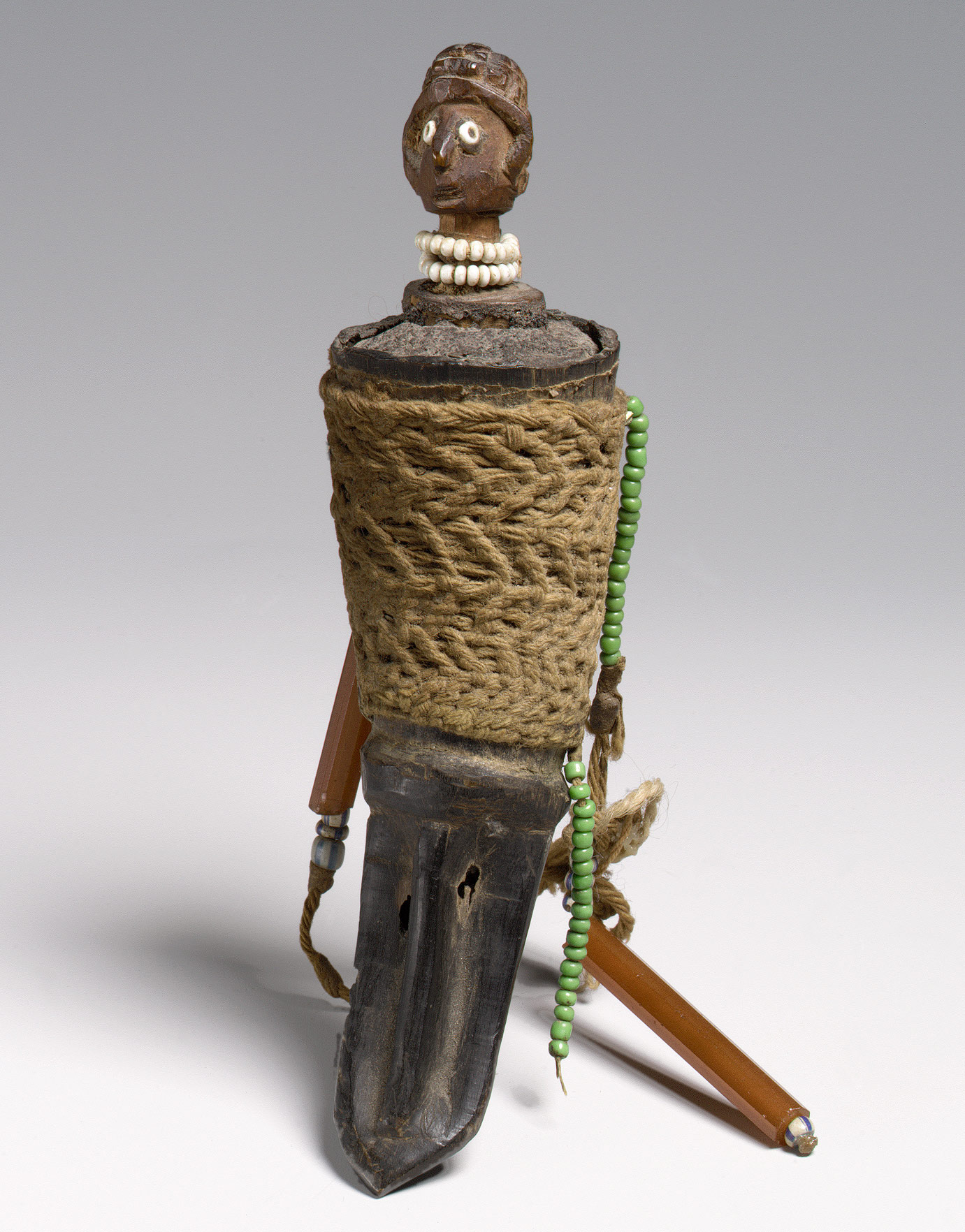
The purpose of the mpanazary is to ask the spirits of the place for permission to work or live on the land.
On the other hand, a malicious person can use a "Mpanazary" to bewitch a field or a dwelling with the aim of harming others.
In this way, the spirits of the place will revolt against the exploitation of the land, terrifying its buyers.
-
Family of spells) the "mosavy" of love relations or "ody fitia".
This third family of spells is currently under development. This type of spell is aimed at retaining or attracting a desirable person.
The most famous "mosavy" of love relationships is undoubtedly the "fanaingalavitra", literally translated as "able to bring from afar".
This is a spell that has the power to bring about a person you desire, no matter how far away or how long it takes.
-
Family of spells) the " tolaka " (the spell of malice).
The "Tolaka" is a rather complex spell, as it makes use of astrology. The goal is to injure or even kill a person.
To do this, the sorcerer chooses a day opposite to the day of the birth of the future victim (andro mifandratra) to perform his incantation.
He will collect the necessary materials (called Gri Gri - pieces of wood, beads, earth...), and then wish evil to the target.
-
Family of spells) "andahiny" or "tena mosavy".
This is perhaps the most evil of all spells.
The andahiny aims to directly eliminate someone you don't have in your heart.
Before the victim dies, he will have to endure great suffering, both psychological and physical. Besides, only the wizard who performed the andahiny has the antidote to cure the target.
Therefore, resorting to other fortune tellers is useless in this case.
This type of magic is especially popular in the regions Sakalava, Betsimisaraka and Sihanaka popular.
Sikidy or the art of divination
The "Sikidy" is the art of divination and is a prerequisite for making talismans and amulets. This practice allows the magician to read the future of an individual or a community and also to cure their ills.

The most common forms of these talismans are the zebu horn garnished inside with various items with different symbolism, the wood carved into sheaths garnished in the same way as zebu horns, and the most common is undoubtedly the amulet necklace.
Plant species can also be contained in skulls or teeth of crocodiles. To these containers are sometimes added shells, coins and scissors.
On the other hand, the "talismans" fight diseases, guarantee the fertility of women, reassure farmers about the next harvest or the community about the safety of the zebu herd, a guarantee of power, but also protect the zebu thief from the defense of the brave owners or the threat of the pursuers.
In any case, magic is found in the daily life of the Malagasy people.
A large majority of the population still lives in the bush and remains very attached to this ancestral culture of the imaginary and intangible.
Between dream and reality, at least the Malagasy country people like to think that supernatural powers make up everyone's life and that to have the favor, you must have the key."
The "Doany": sites of traditional Malagasy religious services
Despite the proliferation of churches in the Malagasy territory, traditional worship still persists among the Malagasy.
In Madagascar, whether in the north, south, west or east, there are several "doany" that hold sessions on animism, shamanism or even ophiolatry.
The Doany of Ikory
The doanys are actually sacred places. They can be a grave, a stone, a water source or a place marked by an ancestor.
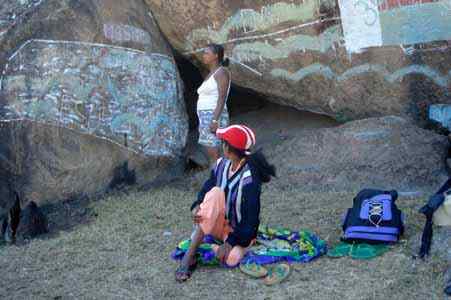
The followers of the traditional religion visit their sacred shrines to cure an incurable disease or to ask for a blessing.
Once the wish is granted, the blessed person must return to the shrine and make an offering to the spirits.
These high places of worship accommodate an average of 50 people, and more than a hundred on weekends. At the time of the Malagasy New Year (taombaovao Malagasy), for example, people come en masse.
The Doany do not receive reception on Tuesdays and Thursdays as these are "andro fady" or forbidden days.
Another surprising fact is that the followers of the traditional cult come from all walks of life, from statesmen to ordinary civil servants.
It should also be noted that Christians also go there. In fact, they come to the Doany on Saturdays to ask alms from their ancestors and attend mass on Sundays.
Conclusion: Witchcraft is a Malagasy reality and remains omnipresent in mentalities.
Every culture on earth contains a hidden part, a part of mystery and especially of magic.
In many ways it is called sorcery, witchcraft, shamanism, voodoo and many others. In Madagascar it is called "ody".
Even though it has always been recognized as very powerful, even destructive, witchcraft is part of the traditional life of Madagascar.
Despite the increase of modern knowledge in the West, the belief in the existence of witchcraft in Madagascar remains very persistent.
In short, witchcraft has its roots in the collective unconscious of the Malagasy population

